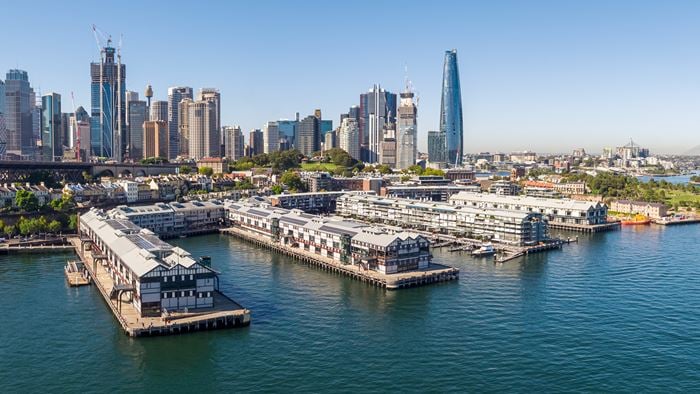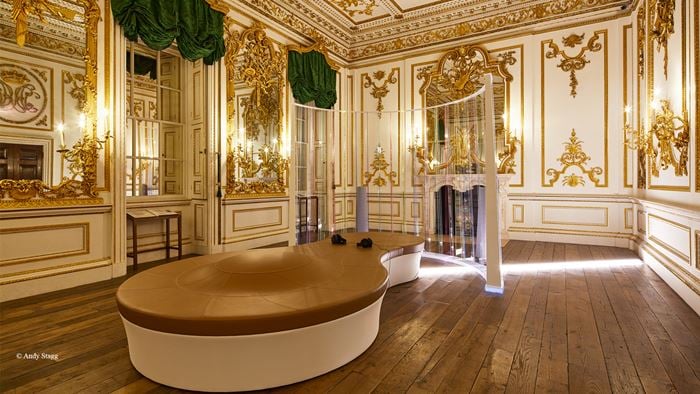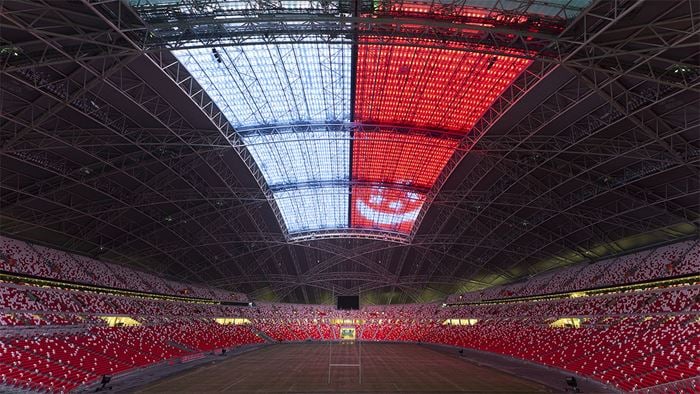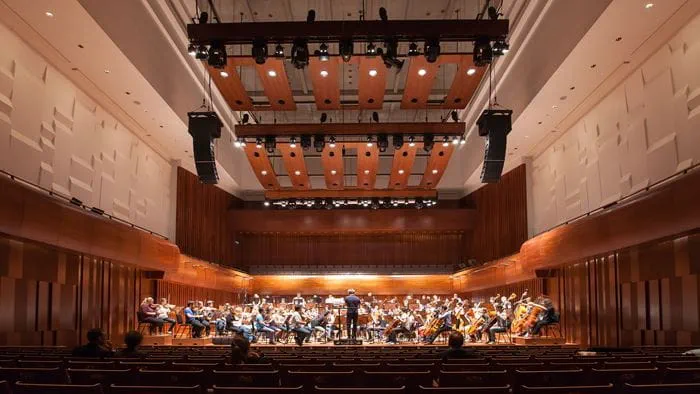The Glasgow Royal Concert Hall has been the main performance venue for the Royal Scottish National Orchestra (RSNO) for many years. Having grown significantly they required a new space that would be multifunctional; allowing orchestral rehearsals as well as impactful performances, being able to transition between the two in a short space of time.
The RSNO Centre has been created to become the orchestra’s home, and allow the Glasgow Royal Concert Hall to expand their performance program.
Engaging our acoustic, theatre and venue consultants from the beginning along with our Fire and Structures teams allowed us to influence the design of the building, placing acoustic quality at the forefront. Working together, we provided an innovative solution to address the differing needs of the space, which allow it to be refigured seamlessly within 30 minutes.
Our imaginative approach has seen the inclusion of moveable side balconies; in rehearsal mode the balconies fold up flat against the walls, providing maximum floor space for the orchestra. In performance mode the balconies are deployed which narrows the room, creating an acoustically and visually more intimate space. This transformative technology will enable maximum usage to be made of the new building.
This new headquarters for the RSNO in Glasgow incorporates two venues in one place, to enable the orchestra to engage and communicate with communities across Scotland.
Close collaboration across our multidisciplinary teams allowed us to utilise our skills to achieve this flexible venue.
Aligning the strategy
Our Fire team provided an escape strategy that could facilitate the architectural aspirations of the RSNO and the flexible design features. Having worked on the existing Glasgow Royal Concert Hall building adjacent to the new extension, we were able to ensure the existing strategy could accommodate the new building.
Overcoming challenges
Our Structures team provided full civil and structural services. To protect the new hall from noise and vibration from nearby underground train lines, Glasgow’s main bus station, and the existing concert hall, the new hall is structurally isolated on special anti-vibration mountings. The structural design also had to address the complexity of constructing the new hall above and through existing shop units.
A seamless venue
The isolated construction means that there is not one rigid connection between the hall and the rest of the world. Coupled with ultra-low noise services and technical systems, this means that performers, audiences and recording engineers can all benefit from the full musical dynamic range permitted by silence within the space.
A matrix of acoustic reflectors may be adjusted to fine tune the acoustic response of the hall and ensure a perfect listening environment for musicians and audience alike. There are variable sound absorption systems to ensure the hall sounds appropriate for both amplified and acoustic music performances.
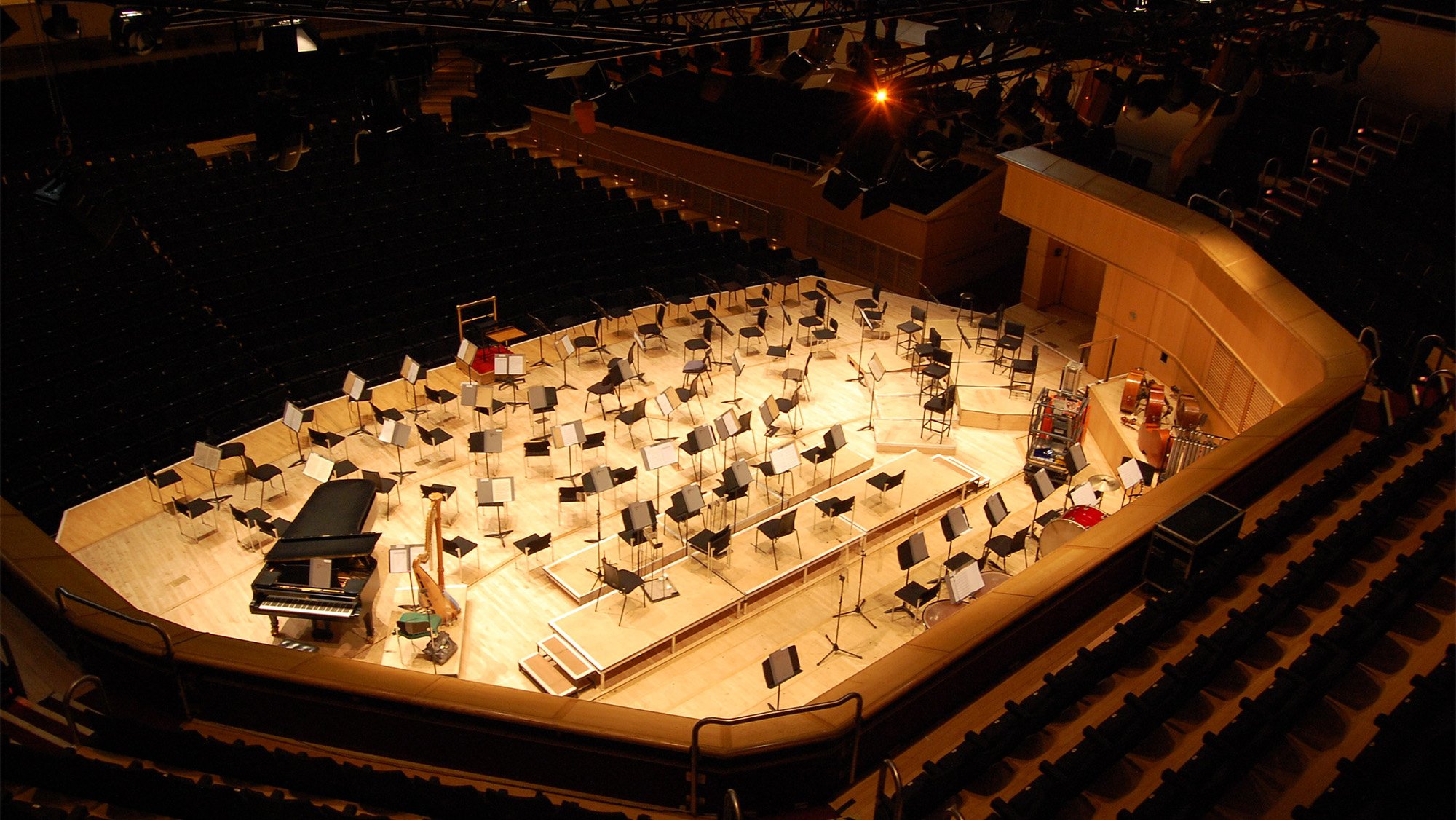 ;
;



